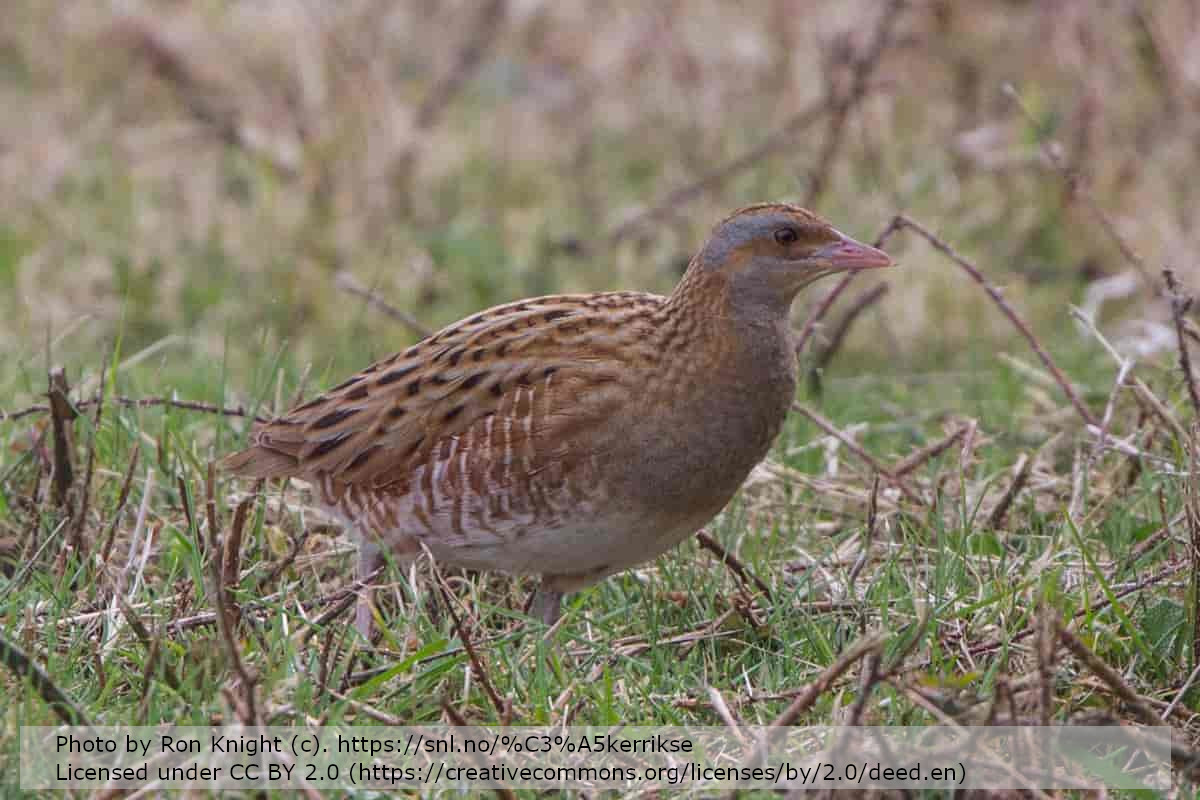Kornknarrens Crex crex biotopval, revirstorlek och ortstrohet på Öland: en radiosändarstudie
DOI:
https://doi.org/10.34080/os.v8.23127Nyckelord:
häckningsbiologi, habitatval, ringmärkning, häckningsframgång, dödlighet, naturvårdAbstract
A radio telemetry study of the Corncrake Crex crex was carried out on Öland, southeastern Sweden in 1992—1997. The aim was to study the breeding biology and habitat selection of this globally threatened species. 73 males were ringed and to 43 of these males we attached radio transmitters for more detailed monitoring. The number of singing males was counted regularly. Most frequented habitats were (1) wet meadows dominated by grass, (2) abandoned marginal zones with tall herb vegetation like Anthriscus sylvestris and Urtica dioica and (3) silage fields. Cereals were seldom used. The home range was about 5 ha at each calling site, but some males changed territories and moved up to 7 km the same season. The majority, or 59%, of captured birds were aged as second year birds. Site fidelity between years was 13%. The apparent low site tenacity does not necessarily indicate low reproduction of young. A low return rate could instead be explained by the high annual mortality observed in this species. Several breedings were confirmed in the study area but the relative reproductive success was unknown. There are, however, indications of a 50% decline on Öland since the 1970s. Keeping a habitat mosaic is important to prevent further declines.
Nedladdningar

Downloads
Publicerad
Referera så här
Nummer
Sektion
Licens
Författaren/författarna innehar copyright för varje enskilt bidrag, men samtliga bidrag är publicerade under en Creative Commons-licens, så att vem som helst kan dela och återanvända bidraget förutsatt att copyright-innehavaren erkänns.







